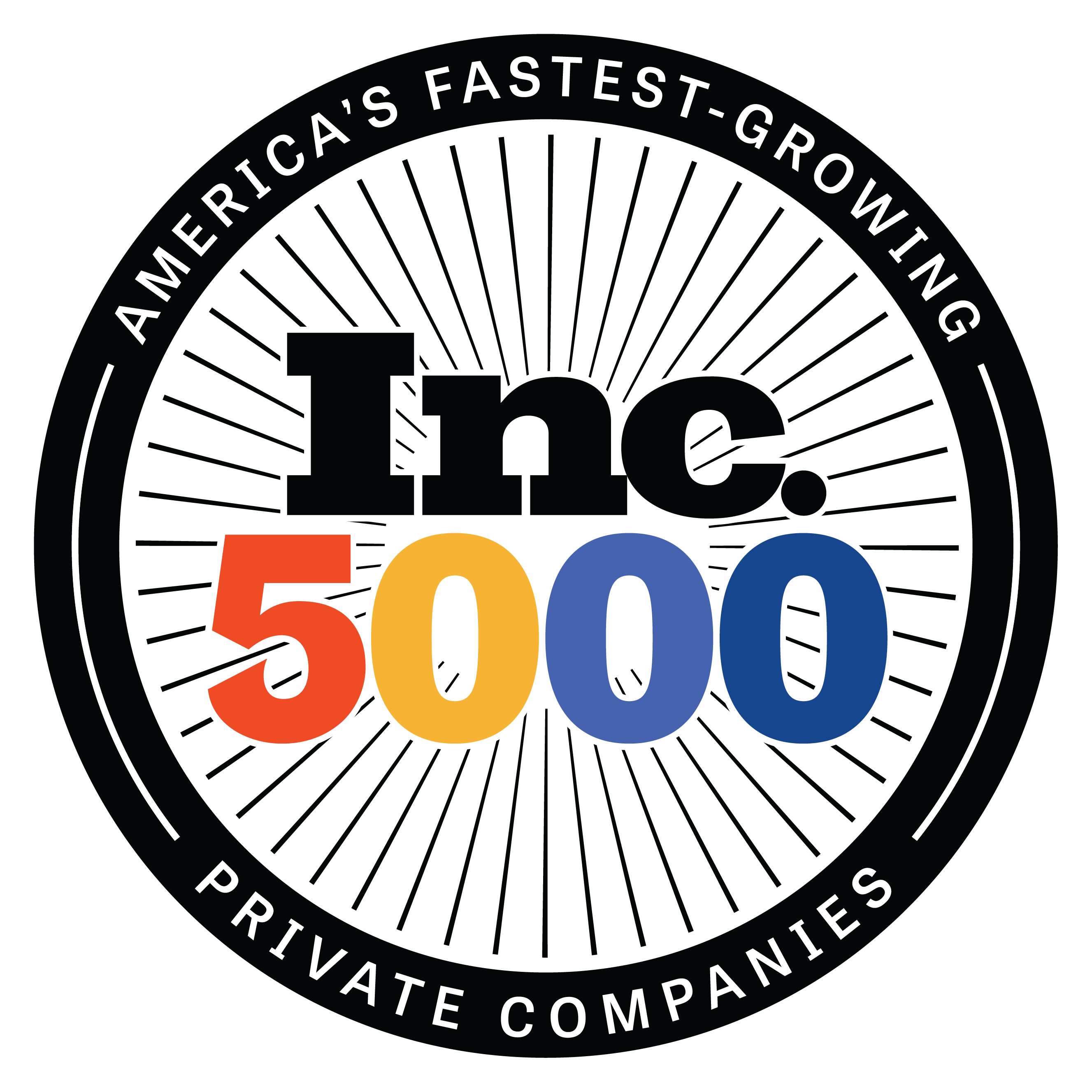Housing Market Update | Week of December 22nd
Published: December 22, 2025
Updated: December 22, 2025

Housing Market Update | Week of December 22nd

I hope you had a nice weekend! Last week’s big pieces of data were our delayed October and November Bureau of Labor Statistics (BLS) jobs reports and the November Consumer Price Index (CPI) inflation report. Although the job creation data exceeded expectations, the unemployment rate ticked up and inflation came in cooler than expected; two results that combined to help mortgage rates drop slightly before the weekend.
We have a short week ahead, with markets starting their holidays midday on Christmas Eve and continuing through the end of the week. And with an abridged week, we have an appropriately light week of economic data that should keep things pretty stable as we approach the new year. If you want to start planning for 2026, here are my 2026 Housing Market Predictions; feel free to share that blog with your prospective buyers to help them start planning their home purchase next year!

Last Week's Mortgage Rate Recap
Rates Dropped Slightly
Last week, we saw little rate movement, with rates starting the week in the mid 6’s and ending the week in the mid-to-low 6’s. What should have been a volatile week for interest rates ended up showing very little movement. Last Tuesday, we finally received our backlogged BLS job reports, which had been delayed by the government shutdown. The job creation figures came in slightly higher than expected; however, the unemployment rate ticked up to 4.6%, the highest since September 2021. Thursday’s CPI inflation report showed a 0.4% drop, with November CPI coming in lower than expected at 2.7%. A higher unemployment rate and cooling inflation both helped mortgage rates drop slightly before the weekend, but, surprisingly, rates didn’t move more.

This Week's Mortgage Rate Forecast
Rates Could Be Volatile
With our big inflation and employment reports behind us, the final two weeks of the year should be calm. Markets will close early on Wednesday for the Christmas Holiday and reopen on Friday. However, we won’t get any more economic data after Wednesday morning’s weekly jobless claims report, so rates should stay flat for the second half of the week into the final week of the year.
If you have any questions or want some real-time market analysis from a mortgage expert, follow this link to connect with a UMortgage Loan Originator near you!
